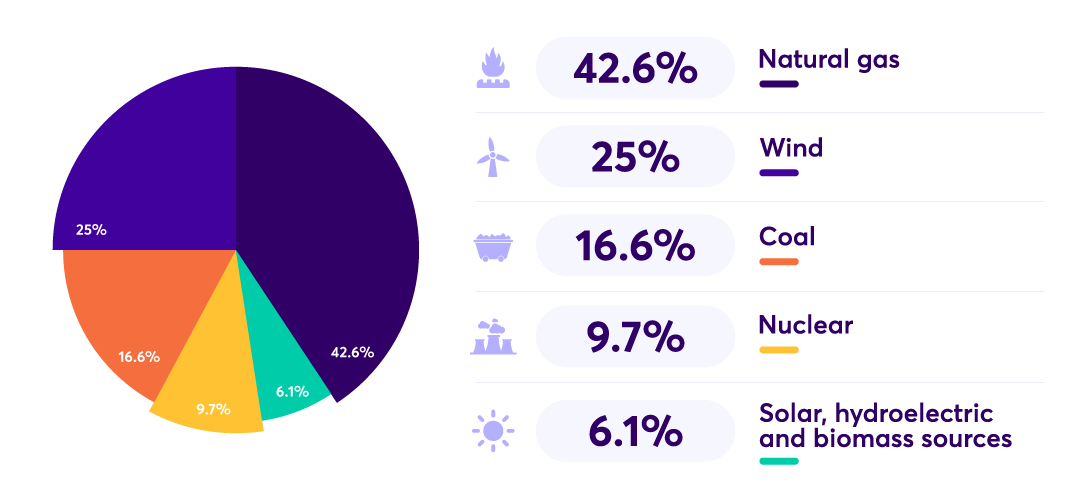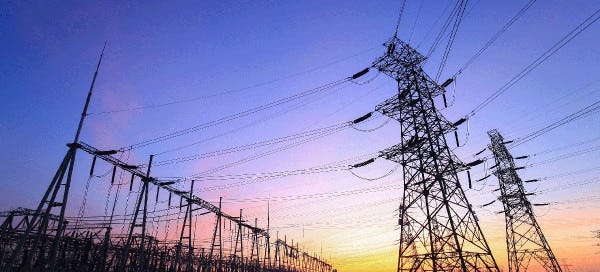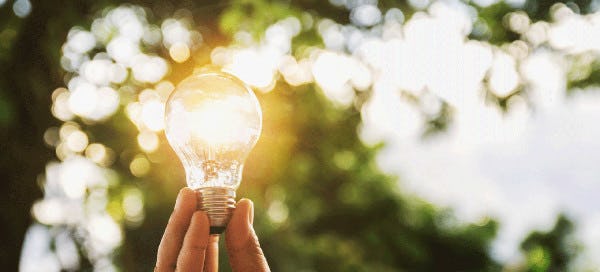Texas: A Leader in Both Fossil Fuels and Renewable Energy
The Lone Star State is unique in the global energy landscape: long known for its oil and gas fields, yet also becoming a renewable energy powerhouse in recent years. This journey from fossil fuel dominance to renewable energy growth showcases Texas’ ability to innovate while maintaining its position as an energy leader. Let’s explore different energy sources in Texas, their impact on the economy, environmental considerations, and the evolving energy market.
Types of Energy in Texas: Renewable vs. Non-Renewable
Fossil Fuels (Non-Renewable Energy Sources)
Texas has long been synonymous with oil and gas production, leading the U.S. in both sectors.
The Permian Basin, located in West Texas, is one of the most productive oil fields in the world. Texas produces over 40% of the total U.S. crude oil, making it a central player in global energy markets.
While coal's prominence is declining, our state still has coal plants that generate power, although their contribution is diminishing as the state shifts toward cleaner energy sources.
Texas is also the largest natural gas producer in the U.S., accounting for about 25% of the nation's production. Our vast natural gas reserves contribute significantly to electricity generation in the state.
Renewable Energy Sources
At the same time, we have embraced renewable energy in a big way – particularly wind and solar power – helping diversify our energy portfolio. In fact, the growth in renewable energy has been astounding. In 2023, wind energy provided about 25% of the state's electricity, and solar power accounted for another 5%. These numbers will continue to grow as more renewable projects come online.
The wide open spaces of West Texas and the Panhandle are perfect for large-scale wind farms, and as a result our state leads the U.S. in wind power generation, with more than 30,000 megawatts (MW) of installed capacity.
Solar power is rapidly expanding in Texas. With abundant sunlight for much of the year, we are well-positioned to harness solar energy, and are projected to become a top producer of solar energy in the coming years.
Though not as prominent, Texas does have some hydropower capacity, primarily from reservoirs and dams. And biomass energy, derived from organic materials like wood and agricultural waste, is another renewable resource used right here at home.
Energy Production and Consumption in Texas
Texas is a leader not just in energy production but also in energy consumption. As the largest energy-consuming state in America., Texas uses more electricity than some entire countries! According to the U.S. Energy Information Administration (EIA), Texas produces nearly 500 terawatt-hours (TWh) of electricity annually, and around 80% comes from fossil fuels, with the remainder sourced from renewables.
Natural vs. Fossil Fuel Energy Costs
One of the key factors influencing energy choices is cost. Fossil fuel energy sources like coal, oil, and natural gas have traditionally been cheaper, but the cost of renewable energy is dropping rapidly. Wind and solar, in particular, are now competitive with, or even cheaper than, fossil fuels in some parts of Texas.
Economic Impact of Energy Production in Texas
Energy production contributes billions of dollars to the state annually and has created a huge number of jobs. Oil and gas have long made up a cornerstone of the state’s economic power, but renewable energy is becoming an increasingly vital part of our economy, creating new job opportunities and attracting significant investment.
According to the Texas Workforce Commission, renewable energy industries, particularly wind and solar, employ tens of thousands of Texans. Additionally, renewable energy projects often bring economic benefits to rural communities in the form of land lease payments, tax revenues, and local investments.
Environmental Impact of Renewable Energy Trends
The environmental impacts of fossil fuels versus renewable energy are a big deal. Fossil fuel energy production contributes to air pollution, greenhouse gas emissions, and water contamination. Because of its reliance on oil and gas, Texas is a major contributor to U.S. carbon emissions.
On the other hand, renewable energy sources like wind and solar generate electricity without emitting greenhouse gas. The state's renewable energy boom has helped reduce the overall carbon intensity of its electricity grid, a trend that will continue into the future.

Grid Reliability and Extreme Weather Events
Texas' grid reliability came under scrutiny during Winter Storm Uri of February 2021, when millions of residents and businesses experienced blackouts due to grid failures. Extreme weather events, from hurricanes to heat waves, are increasingly testing the state's grid.
Our state leadership is investing in modernizing its grid infrastructure with a goal of better storage technology and grid resilience, and is improving resource management strategies to mitigate the risks that come with severe weather. By ensuring more resilient systems, we can better handle the increasing demand for electricity during peak times and adverse weather conditions.
What is ERCOT, and How Does It Impact My Electricity Service?
The Electric Reliability Council of Texas (ERCOT) is the organization that manages the flow of electric power to more than 26 million Texas customers. It oversees about 90% of the state's electric grid and is responsible for ensuring the grid's reliability, managing supply and demand, and ensuring fair access to electricity.
ERCOT’s unique position as an isolated grid operator means that Texas does not directly connect to the broader U.S. grid, allowing more flexibility but also presenting unique challenges, especially during bad weather.
Advancements in Energy Storage Technology
To stabilize our state’s renewable energy supply, we are making advancements in energy storage technology, such as battery storage systems allowing excess wind and solar power generated during peak times to be stored and used when demand is high. Large-scale battery projects are also being developed across the state, to enhance grid stability.
How to Buy Electricity in Texas
In 2002, Texas deregulated our electricity market, giving consumers the power to choose their electricity provider. Consumers have the option to choose from various providers based on price, plan type, and contract length. Popular plans include fixed-rate, variable-rate, and renewable energy plans.
This competitive market has spurred innovation and allowed new renewable energy providers to emerge. Consumers in deregulated areas can select from different plans and providers, giving them more control over their energy costs. For a deeper dive into deregulation, read our article What is Energy Deregulation and How Does It Work for Consumers?
How to Choose the Best Electricity Provider in Texas
To choose the best electricity provider in Texas, it’s essential to compare prices, read reviews, and evaluate the energy plans offered by providers. Many consumers now opt for renewable energy plans to support the environment and potentially save on costs.
100% Renewable Energy from Rhythm Energy
At Rhythm Energy, we only offer plans that are powered by 100% renewable energy, because we believe that it’s better for our customers as well as for the planet we share. If you want to support solar energy – even without installing solar panels on your property – then consider Texas Shine, for electricity that comes entirely from solar energy production facilities right here in our state. Or if you’re more of a wind person, then Texas Breeze might be the plan for you: thanks to a robust generation and storage system, no matter when you need electricity, it will always be wind-generated.
FAQ
How much of Texas’ energy comes from fossil vs renewable fuels?
At present, around 80% of the energy produced in Texas comes from fossil fuels, and 20% from renewable resources, although the use of renewable energy is on the rise.
What are the economic and environmental benefits of renewable energy?
Oil and gas have long been the backbone of Texas’ economy, but renewable energy is becoming increasingly important, creating tens of thousands of jobs, as well as bringing economic benefits to rural communities. And because renewable energy generation creates no carbon emissions, it’s better for the long term health of the planet.
Is renewable energy as reliable as power generated from fossil fuels?
Thanks to advances in energy storage and an ongoing modernization of grid infrastructure, energy produced from renewable resources is more reliable than ever, even on days when the sun doesn’t shine, the wind doesn’t blow, or severe weather strikes.




